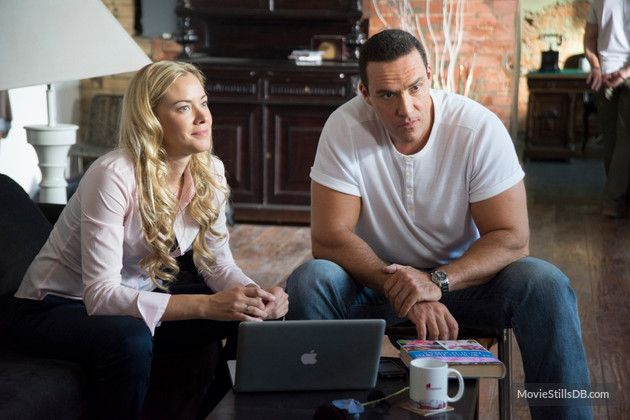Yeah, yeah! I hear you saying “Oh those crazy Russians…” But hey, do you remember Arnold Schwarzenegger as a tough Russian policeman Ivan in the Read Heat or Dolph Lundgren playing an elite Soviet Special Forces operative Nikolai in Red Scorpion? (It’s interesting, both movies have been released in 1988).
Want more?
- Jean-Claude van Damme as Ivan in No Retreat, No Surrender
- Matthias Hues as Yuri in No Retreat, No Surrender 2
- Dolph Lundgren as Ivan Drago in Rocky IV
- Sean Connery as Merco in The Hunt for Red October
- Jude Law as Vasily Zaytsev in Enemy at the Gates
- Harrison Ford as Captain Vostrikov in K-19
- Nicolas Cage as Yuri Orlov in Lord of War
- Mickey Rourke as Ivan Vanko in Iron Man 2
Since I figure cops are cops the world over, how do you Soviets deal with all the tension and stress? – Vodka!
Austrian Oak and Big Swede made their names on such old-school action movies, so if you want to get back in time and watch another good action with a huge Russian who likes Borscht and caviar – here you go – but this guy likes to drink juice and eat Rastegai with fish.

Plot: When a deranged killer starts terrorizing Russian immigrants in Los Angeles, the police are powerless to stop him. They haven’t earned enough trust within the immigrant community to effectively conduct an investigation and are in desperate need of help. Their solution is to bring in a cop from Moscow to help them bust the case wide open. Now they have to work through cultural barriers and misunderstandings to bring the killer to justice.
Black Rose is a story about Russian Police Major Vladimir Kazatov who was enlisted by the LAPD to help solve a series of gruesome murders in Los Angeles.
If Arnold got Jim Belushi as a police partner in Chicago, Alexander Nevsky has a stunning Kristanna Loken from Hollywood on his side. Like Arnold, Alexander in a role of unbreakable Russian major does things “his own way” what perfectly fits into the genre, and it helps him and his partner Emily Smith, get closer to a serial killer with every step.
Time has changed, if 25 years ago you could hear a lot of jokes on Russian topic and see Arnold playing a harsh and taciturn comrade, now Moscow officer is open-minded and talkative but still tough and deadly… and no jokes.
Black Rose is more a crime thriller and if you expect to see a high-octane action you better go and re-watch Arnold’s Red Heat. Actually, when the film goes into traditional action mode, scenes become more confident and it feels like Nevsky playing to his strengths as a filmmaker. He has the look and the tools to do action, and he used them very well in his latest movie Showdown in Manila.
This film is a joint Russia-American production, and the directorial debut of Alexander Nevsky who made a very good improvement over Moscow Heat movie. Of cause, this movie hasn’t got a budget of $29,000,000 like Red Heat but with only $7,000,000 Nevsky filmed a very decent flick.

Russian stunt coordinator Igor Panin and his stunt performers did a great job using professional tips from executive producers Bryan Goeres and Sheldon Lettich.
Cast includes old school veterans such as Highlander Adrian Paul, Robert Davi and a big blonde Matthias Hues, but all of them have small roles and a very limited time on screen.
Kristanna Loken has charisma and definitely deserves more than she got from Hollywood after Terminator 3, it was a good chance to shine but something didn’t work out for her.
One of the executive producers is Sheldon Lettich who mostly known for classic action movies such as Double Impact and Bloodsport with JCVD, Rambo III with Sylvester Stallone and Only the Strong with Mark Dacascos.
Black Rose was released in Russia on 25 January 2014 and finally got its chance to be seen by action fans this year in US.
Film is playing in 10 cities across the US right now (advance screenings), the release date will follow in April 2017 through ITN, eOne and Sony (limited theatrical, DVD, VOD, iTunes etc). Netflix has exclusive TV rights in North America starting May 2017.








